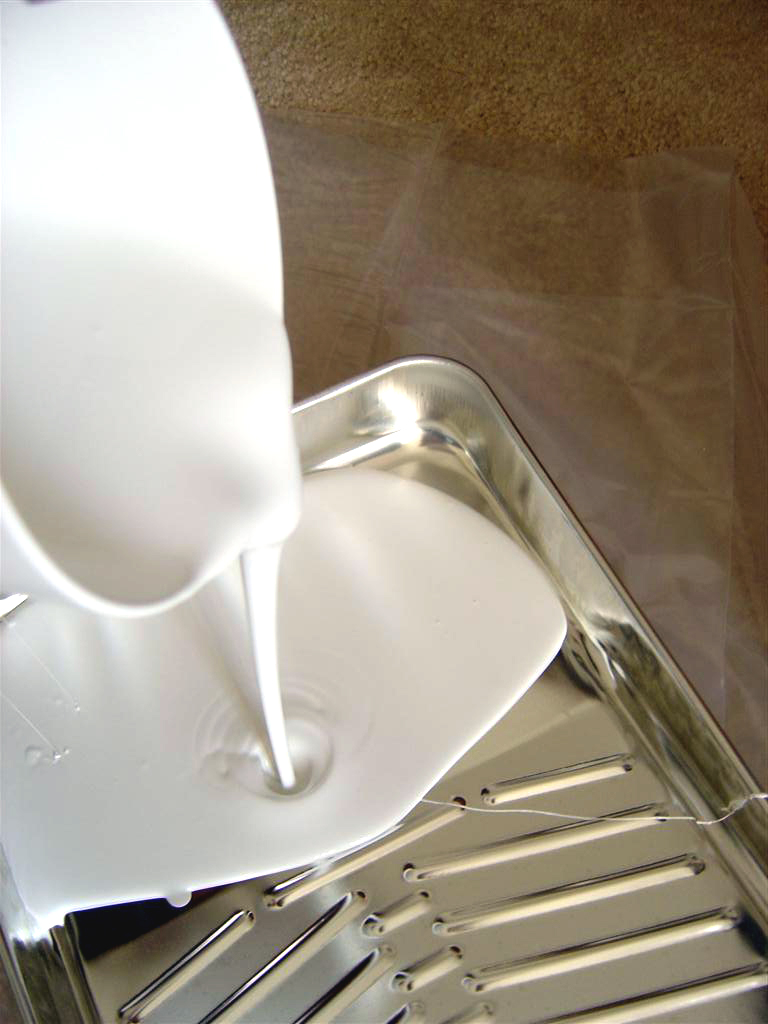Painting your home’s interior can perform wonders! You can change it from drab to dynamic, from shabby to sophisticated, and from faded to fresh! The proper materials and a few basic painting tips are all you need to transform one room or an entire home. Doing your own painting can save you money, and if you plan carefully and follow these instructions, you will achieve professional results.
Things to consider before you begin painting.
The first step in any redecorating project is to select an overall color scheme. That means taking all aspects of your decorating plan into consideration — furnishings, carpeting and wall color. Color can create a mood, accentuate architectural assets and hide flaws. Be sure to consider the items listed below when selecting decorating colors:
- What type of mood you want to create?
- What furniture, artwork, architectural features, or other aspects of the room you want to emphasize?
- Any awkward physical characteristics of the room you would like to overcome?
The color you decide to paint your walls should be an integral part of your decorating decisions. Once you have decided on the wall color, you can select a specific paint shade using samples of all materials to be included in the room. Remember, color may appear differently depending on how large the painted area is, whether a glossy or flat finish is used, what other colors are nearby and the type of lighting used in the room.
George G. operations manager for Painting Pros a Chicago residential painting contractor says “Having the right tool for the job makes your life easier. If your trying to trim out a window and use a big brush it looks sloppy. So pay for smaller brush, 2 inch and under if you really need it, it gives it the professional look you want. It costs more but you save by not hiring a pro.”
Material you will need for the painting job.
Before beginning any new paint project, assemble all of the items you will need to complete it. Here’s a list:
- Paint — in a sufficient quantity to do the entire job.
- Appropriate applicators (brushes, rollers, etc.)
- Drop clothes — old sheets are fine.
- Stepladder
- Screwdriver — to remove wall hooks, door knobs and switch plates.
- Plastic automotive tape — to edge window panes and cover other areas you don’t want painted. (Used for painting stripes on cars, it is available at auto supply and paint stores.)
- Hand cream — to rub on your hand and arms before painting to make paint removal easier.
- Turpentine or paint thinner — when using oil-based paint.
Interior Paint Selection
Paint comes in a wide variety of brands and types. These brief descriptions will help you decide which type best suits your needs:
Latex paints — These are water-thinned and apply easily with a brush or roller. Clean-up with soap and water is a distinct advantage. Latex paints are available in most gloss ranges and will do a good job in most interior areas. They are not flammable and have a very mild odor.
Alkyd (oil) paints — These are solvent-thinned paints. They apply well with a brush or roller but need turpentine or mineral spirits for clean-up. Sometimes preferred for areas where constant cleaning is necessary, like kitchens and bathroom shower areas. Very high gloss enamels are usually solvent-thinned. Odor is stronger during application than with latex paints, but disappears after a few days.
Enamels — Enamels are generally smoother and dry to a harder surface than other interior paints. They are available in high or low gloss and can be either latex or alkyd.
Gloss — The gloss is the luster or shininess of a dry paint. Paints are usually classified as flat, eggshell, semi-gloss or high gloss. A wide variety of gloss ranges is available.
Special paints and coatings — These are available for most surfaces. Wood floors, concrete or masonry and metal surfaces require specific products. Consult your paint retailer and read the paint can label carefully for recommendations.
Since masonry usually contains alkali, the paint used to cover it should be alkali-resistant. Special paints are generally recommended.
Over iron or steel, a rust-inhibitive primer is usually desirable. Any type of enamel or paint may be used over the primer as a topcoat — depending on the use of the area to be painted.


